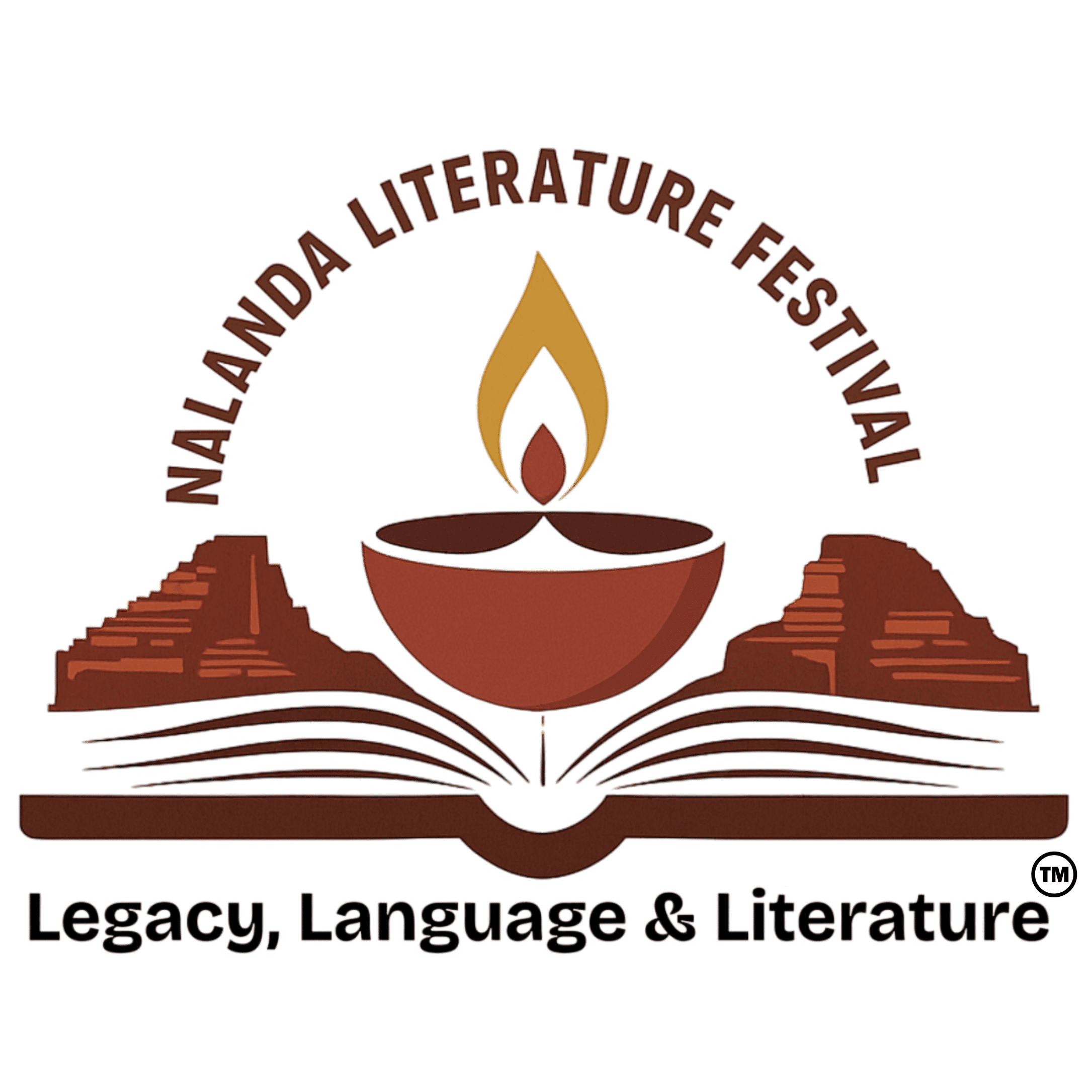The Linguistic Journey of Nalanda Continues
Close your eyes and imagine Nalanda. You don’t just see the weathered bricks or silent ruins—you hear voices. The chants of monks in Pali, the debates in Sanskrit, the conversations in Prakrit blending with the questions of travelers from distant lands. You sense the footsteps of Chinese pilgrims, the curiosity of Korean scholars, the awe of visitors from Central Asia. Nalanda was never only stone walls or manuscripts; it was a living orchestra of languages, weaving knowledge into a shared human tapestry.
Today, Nalanda speaks again—this time through the Nalanda Literature Festival (NLF). More than a celebration of books, it is a celebration of the languages that give birth to them. On its stage, regional, tribal, and classical tongues step into the spotlight, carrying stories that might otherwise remain unheard. In this chorus of voices, one can almost hear the echo of the ancient Nalanda: a place where diversity of speech was not a barrier, but a source of brilliance.
In ancient times, learning at Nalanda was inseparable from language. Sanskrit and Pali carried the weight of philosophical discourses, while Prakrit and local dialects rooted knowledge in everyday life. Together, they created what linguists today might call a linguistic ecology—a vibrant ecosystem where no single language ruled supreme, and every tongue contributed to the pursuit of wisdom.
The Nalanda Literature Festival carries this legacy forward. By bringing languages like Maithili, Bhojpuri, Magahi, Bajjika, Angika, Bodo, Assamese, Mizo, and many others into focus, it challenges the modern assumption that knowledge must flow only through dominant languages such as English or Hindi. Instead, it affirms a timeless truth: every language is a world in itself, a living archive of memories, traditions, and ways of seeing life.
For linguists and cultural enthusiasts alike, festivals like NLF are more than artistic gatherings—they are acts of revitalization. They breathe new life into languages threatened by globalization and neglect. As someone engaged in documenting my own endangered mother tongue, Palamua, I feel a personal connection to this cause. Preserving and celebrating languages is not merely an academic exercise—it is an act of cultural justice. By placing marginalized voices beside mainstream ones, the festival revives Nalanda’s ancient ethos of inclusivity and intellectual diversity.
Nalanda’s ruins are not silent. They whisper stories of scholars, debates, and languages that once shaped civilizations. The festival carries forward this essence: knowledge that is collective, multilingual, and timeless.
When we gather in Nalanda today to celebrate literature, we do more than honor books and writers—we revive a centuries-old tradition of linguistic pluralism. From ancient Sanskrit sutras to contemporary Bhojpuri ballads, from fragile manuscripts to living spoken word, the journey of Nalanda continues. It reminds us that languages are not only the truest keepers of our past, but also the surest guides to our future.


